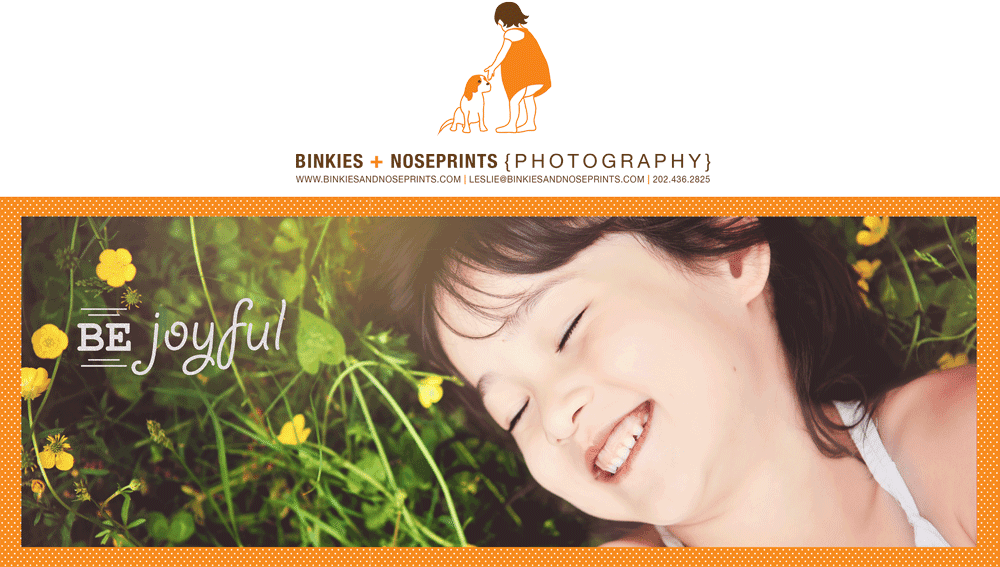If you are reading this, chances are you already own a
camera and are ready to 1) make the jump from a point-and-shoot to a dSLR
(digital single lens reflex), or 2) upgrade your current dSLR to a model with
more advanced features.
Depending on your need, dSLR camera prices range from a
couple of hundred dollars to thousands. Canon, Nikon and Sony are some popular
brands that offer models for pros, advanced amateurs and hobbyists.
*DISCLAIMER: I have been a Canon girl from the start, so the
examples I provide are going to be Canon-centric*
For the hobbyist who is interested mostly in taking photos
in social situations and while travelling, an entry-level dSLR will do the
trick beautifully. An entry-level camera will most likely have a lightweight polycarbonate
housing great portability but may not be as weatherproof and durable as a
semi-pro or pro model. My first dSLR is the Canon T2i, which I still bring to
shoots sometimes as a backup. The latest iteration of that camera is the Canon
T5i, which retails for about $750.00
(camera body only, no lens). Another entry level Canon that is popular with
beginners is the Canon SL1, which retails for about $600.00 (camera body only,
no lens). Nikon’s comparable models are the D5200 and D3200, respectively. Sony
offers quite a large range of beginner dSLRs that are very reasonably priced.
For the amateur/semi-pro photographer who is ready to
upgrade their camera to a more durable body with more advanced manual features,
Canon’s 6D is the one to beat in my opinion. In addition to having a durable,
weatherproof, dustproof housing, the 6D is Wi-Fi and GPS enabled. You can
control the camera’s exposure settings (aperture, shutter speed, ISO) remotely
from your smartphone, review images from your camera on a smartphone or tablet,
and transfer files wirelessly to a storage device. In addition, you can share
images with other Wi-Fi enabled devices (HDTV, tablet, cameras). The 6D also
features a full-frame sensor that was previously offered only in the pro
models. The larger full-frame sensor (vs. a crop sensor) has the potential to
produce richer images with more depth and range. The Canon 6D retails for about
$2,000.00 (camera body only, no lens).
Whether you are looking to fine-tune your techniques or
thinking of starting a photography business, the Canon 5D Mark iii is, in my
opinion, THE camera to consider. This upgrade from the 5D Mark ii features a
61-point high density reticular Auto Focus system that is highly accurate and
works well in low-light environments. The only downside of the Canon 5D Mark
iii is the price point – it retails for about $3,500.00 (!!!). The Nikon D800,
at $3,000.00 a pop, features a whopping 36.3Mp sensor, allowing you to enlarge
images up to 23.4 x 33.1” / 59.4 x 84.1 cm at 200 dpi, without sacrificing
details and clarity.
One important thing to keep in mind when choosing a camera
is this: which camera body you have is not nearly as important as the lens(s)
that you use with it – especially when cost is a consideration. In my opinion, investing
in a good piece of “glass” is more important than having a fancy, feature
filled camera. The lens will ultimately determine the quality, look and style
of your images, allowing your creativity to shine through.
So check back next week for Tips + Tricks on how to choose a
lens for your dSLR! Why you should just say 'NO!' to kit-lenses!
As always, if you'd rather have some one-on-one time with me, you are always welcome to contact me to schedule a private lesson.
 |
| Camera: Canon 5D Mark ii | Lens: Canon 24-70 mm L | Exposure Settings: ISO 320 , 50 mm, F/2.8, 1/500 sec | Processing/Editing: Lightroom 5 and Photoshop CS6 |















